Tibetan nomads fascinate people from all over the world. They settle their home in tents. They seasonally migrate to where water and grass are available. Their free way of life is so appealing that more and more people want to experience it.
However, influenced by Hollywood movies, our image of these nomads is often romanticized. What is the real picture of the lives of Tibetan nomads? And do Tibetan nomads still live their old way of life?
The truth is that with the modernization of Tibet, the lifestyle of nomads is gradually changing. What do the traditional lives of Tibetan nomads like? What challenges do nomadic people face nowadays? Keep reading to make it clear.
What is the Traditional Lifestyle of Tibetan Nomads?
Tibetan Nomads Set their Home in Tents
The traditional Tibetan nomads have no fixed residences. They set their home in huge four-sided or eight-sided tents that are made of black yak hair and sheep wool. Smaller white tents are traditionally prepared for girls or newlyweds.
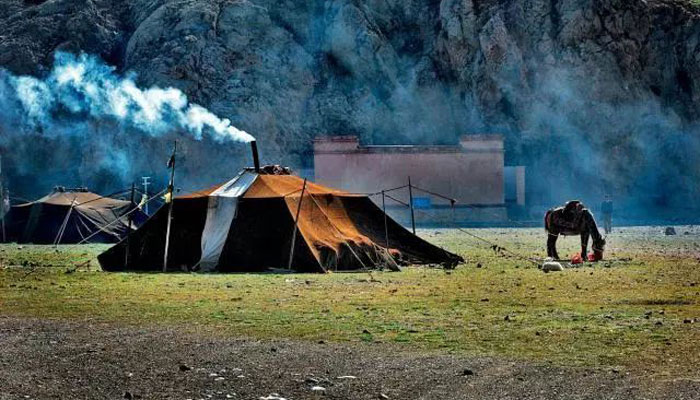 Tibetan Nomads set their home in tents.
Tibetan Nomads set their home in tents.In summer, the loose wool weaves let the wind crawl through, keeping the air fresh and cool inside. While in winter, the weaves become tight and can keep the dry and cold wind from howling in.
Inside the tents, a stove that is believed to be sacred is placed right in the middle, with the bedding and a living area around the walls. Every tent is decorated with prayer flags to express the blessings to the grassland and the living creatures on this land.
Tibetan Nomads Move Across Grassland with their Herds and Flocks
This nomadic way of life is an adaptation to nature. Due to the changing weather, they have to keep their herds and flocks moving to find the fresh and lush pastures. For generations, the Tibetan nomads have developed a close connection to the land and the livestock that nurture them.
As the season changes, so do their grazing lands. During the summer, they graze their herds and flocks in the higher pastures. As the weather turns cold, nomads follow the traditional herding routes to their winter pastures at lower altitudes.
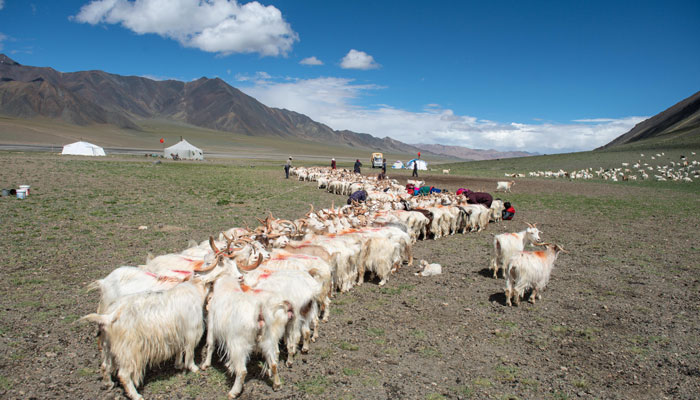 In summer, Tibetan nomads graze their herds and flocks in the higher pastures.
In summer, Tibetan nomads graze their herds and flocks in the higher pastures.Together with their animals, the whole family migrates from the higher to the lower altitudes as well. Horses and yaks carry tents and other large furniture. Little babies are held by riders or put in a basket carried by yaks. Upon arrival at the new camping site, the tent can be set up within 3 hours and the stove and other furniture will all be in place.
Tibetan Nomads Rely on a Diet of Barley, Butter, Milk, and Yak Meat
The staples that the nomads eat are basically tsampa, yak butter tea and yogurt. Tsampa is made of roasted barley flour and milky tea. The nomads ground the barley by pouring it into a funnel and crushing it with small water-turned millstone near a stream.
Barley can't grow in places with a height of over 4,500m. To obtain barley and other grains, Tibetan nomads have to trade them through sheep and yaks. As for salt, the nomads always camp near a spring to obtain salt, instead of a lake. Because the water in a highland lake like Namtso Lake is too salty to drink
To get more dishes on the menu, Tibetan nomads have the tradition to hunt for wild animals. Blue sheep and gazelles are on their targets.
What Do Traditional Tibetan Nomads Do for a Living?
Tibetan Nomads Survive by Raising their Herds and Flocks
Tibetan nomads are good at using all the natural resources to support their daily life, and yaks play a major role in this. Male nomads spin yak wool into ropes and slingshots, and they need to find enough hay for their yaks' winter feed.
Women milk the yaks to make yogurt, cheese, and butter. They also grind barley. Fetching water, collecting and drying the yak dung for fuel for the stoves and fires are women's tasks as well. And kids help to herd the livestock and tend to the young animals.
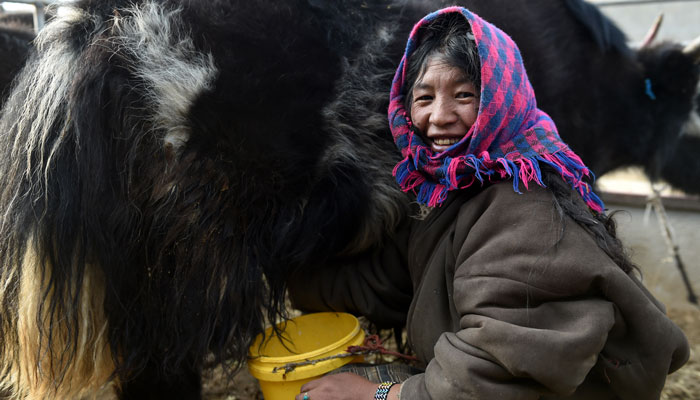 Tibetan nomads milk their yaks every day.
Tibetan nomads milk their yaks every day.Tibetan Nomads Trade with People in Towns and Cities as well
The income of Tibetan nomads comes from their flocks and herds, namely from selling the animals’ meat and skins, which they have traditionally had to do in towns and cities. Herding does solve many problems that the nomads are struggling, but it isn't enough to survive their lives.
As mentioned above, it seems that the male nomads are less busy than women most of the time. Actually, men also shoulder the task of traveling outside and are in charge of buying indispensable items for the living.
In autumn, the male nomads head to the markets or trading areas in lower valleys or cities. They sell their animal meat and skins, and buy salt and stock hay for the rest livestock to survive the coming winter. And in some cases, they drive their livestock to town to trade it for grain and other necessities to keep them going through the coming winter and the entire year.
Except for markets or fairs, horse festivals are also good opportunities to sell their own products like dried beef, yak butter and natural lake salt. Nagqu Horse Racing Festival in northern Tibet is an important one.
What Happened to the Life of Tibetan Nomads Nowadays?
With the introduction of more modern ways of life, the traditional lifestyle of the Tibetan nomads is gradually changing. The government is urging nomads to settle in communities where they have access to housing, health care and other services.
Some nomads have moved from their tents into brick houses. Local tourism is developing and today’s nomads sell yak cashmere sweaters, meat, bones and fur for a steady income.
However, most Tibetan nomads only live in brick houses during the winter. In the summer months, they still head to the plateau’s best grazing lands to live their nomadic life.
Can I Visit a Tibetan Nomad’s Tent?
Trapped between steel and cement, people are easily attracted by the free lifestyle of the Tibetan nomads who breathe the freshest air and see the most splendid vistas every day. So many will ask whether they can visit the Tibetan nomads' tents?
The answer is YES. You have the access to experience the unique nomadic life on Tibetan Plateau. Introduced by our Tibet guide, we are lucky to have a close tie with these minorities.
Book your Tibet tour with us, and you will get the chance to visit the Tibetan nomad’s tents. You can expect cozy accommodations and local dishes, and experience horse riding or other outdoor activities.
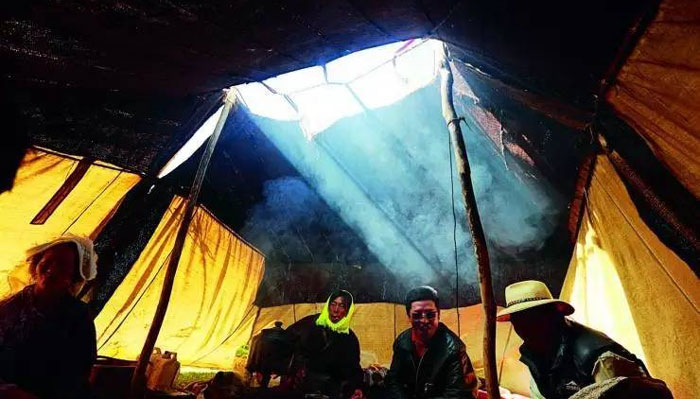 Book your Tibet tour with us, you can visit the Tibetan nomads' tent.
Book your Tibet tour with us, you can visit the Tibetan nomads' tent.When visiting a Tibetan nomad's tent, pay attention not to place your feet towards the stove as it is believed to be sacred. Never touch the Buddhist altar. Tibetan nomads are very hospitable, and they tend to keep refilling your cup when you finish the barley wine or yak butter tea. If you can’t drink anymore, you can gently let the host know.
Furthermore, some trekking trails in Tibet enable you to meet the nomads, especially when you are trekking between Tsurphu Monastery and Yangpachen, Ganden Monastery and Samye Monastery, or along the lakeside of Manasarovar.
Conclusion
Tibetan nomads live a way that is completely different from the one to which we are accustomed. Traditionally, they set their home in tents and seasonally move across the grassland with their animals.
Today, the modern nomads and their animals only return back to grazing lands in summer. In winter, they live in brick houses in lower valleys.
With the help of our local guide, you can visit the nomads’ tents and experience their daily life, which is bound to be an unforgettable memory of your Tibet tour.




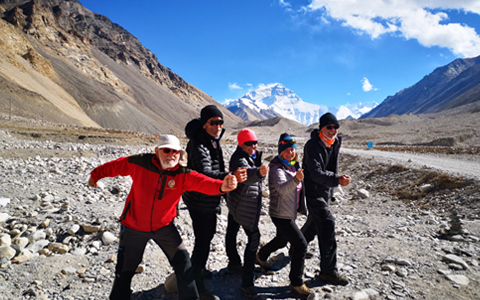
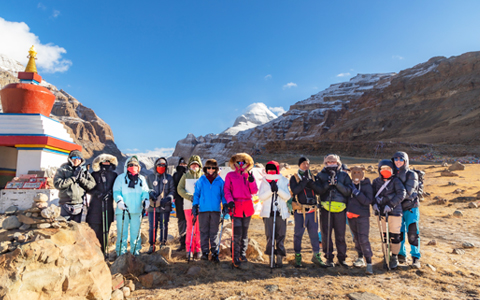
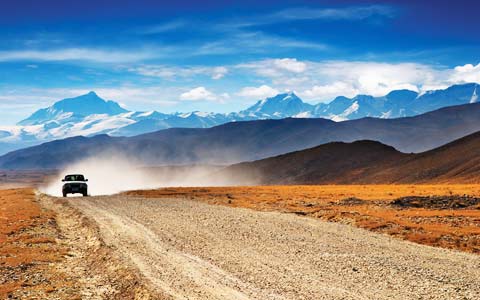
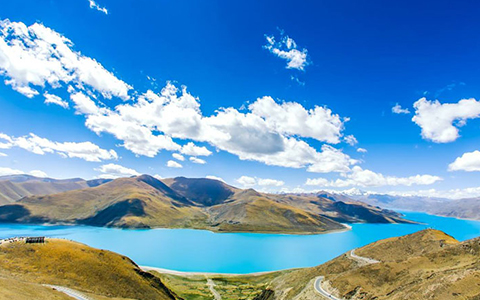
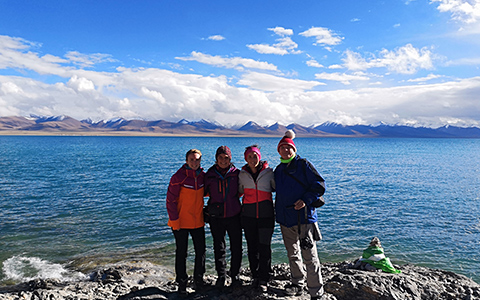
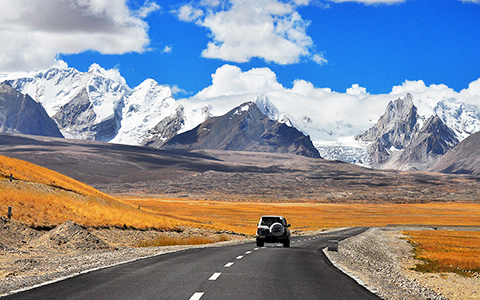
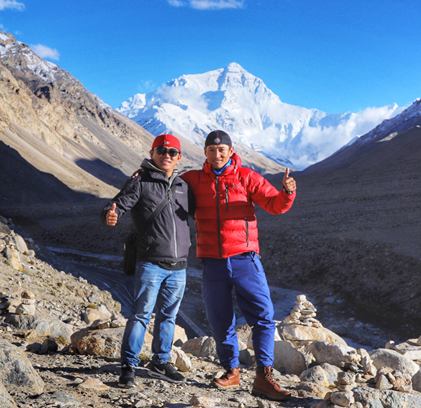


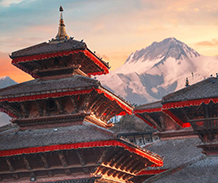
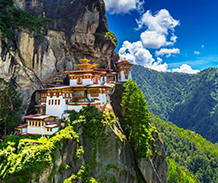

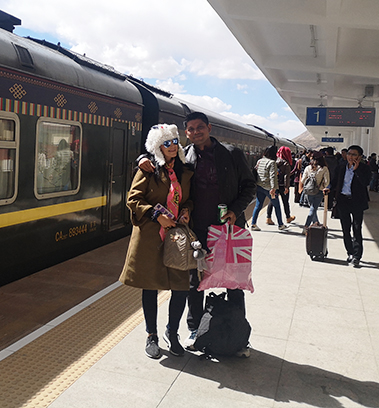




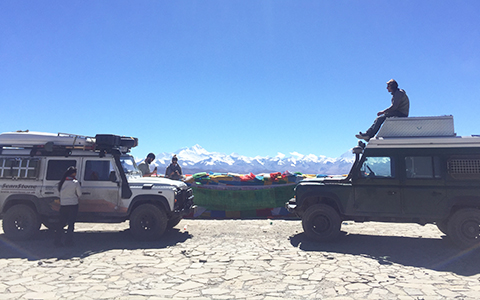



 Tibetan Nomads set their home in tents.
Tibetan Nomads set their home in tents. In summer, Tibetan nomads graze their herds and flocks in the higher pastures.
In summer, Tibetan nomads graze their herds and flocks in the higher pastures. Tibetan nomads milk their yaks every day.
Tibetan nomads milk their yaks every day. Book your Tibet tour with us, you can visit the Tibetan nomads' tent.
Book your Tibet tour with us, you can visit the Tibetan nomads' tent.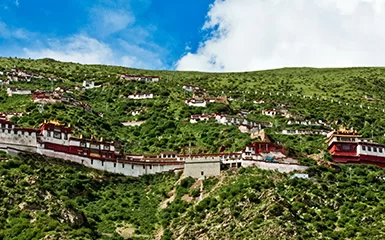
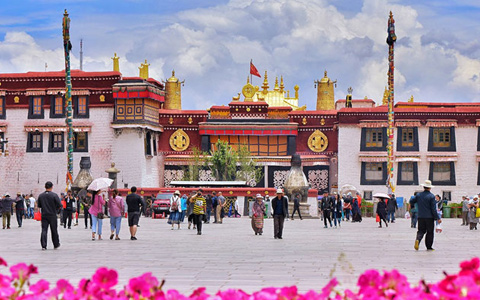
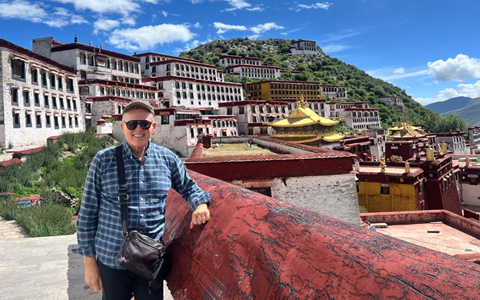
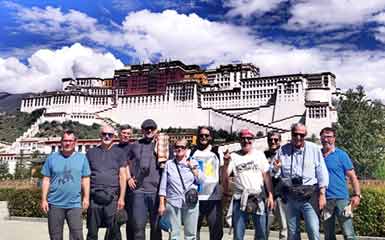
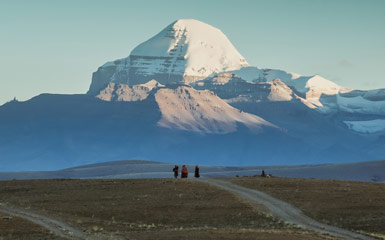
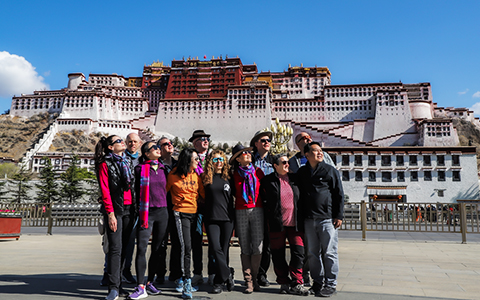
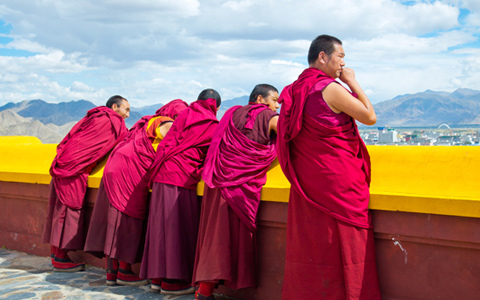
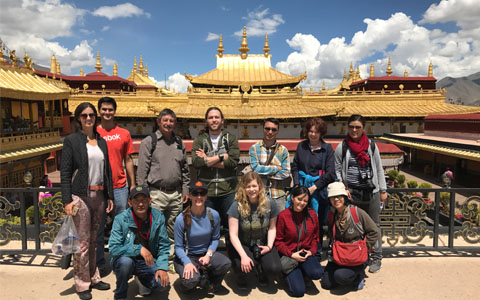

Ask a Quick Question